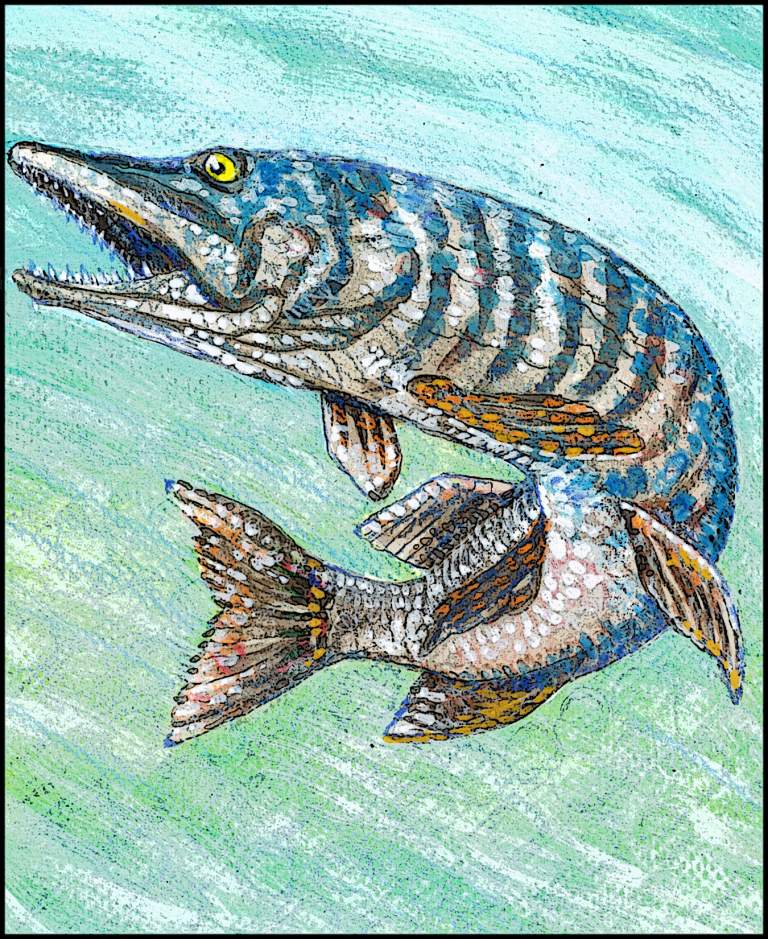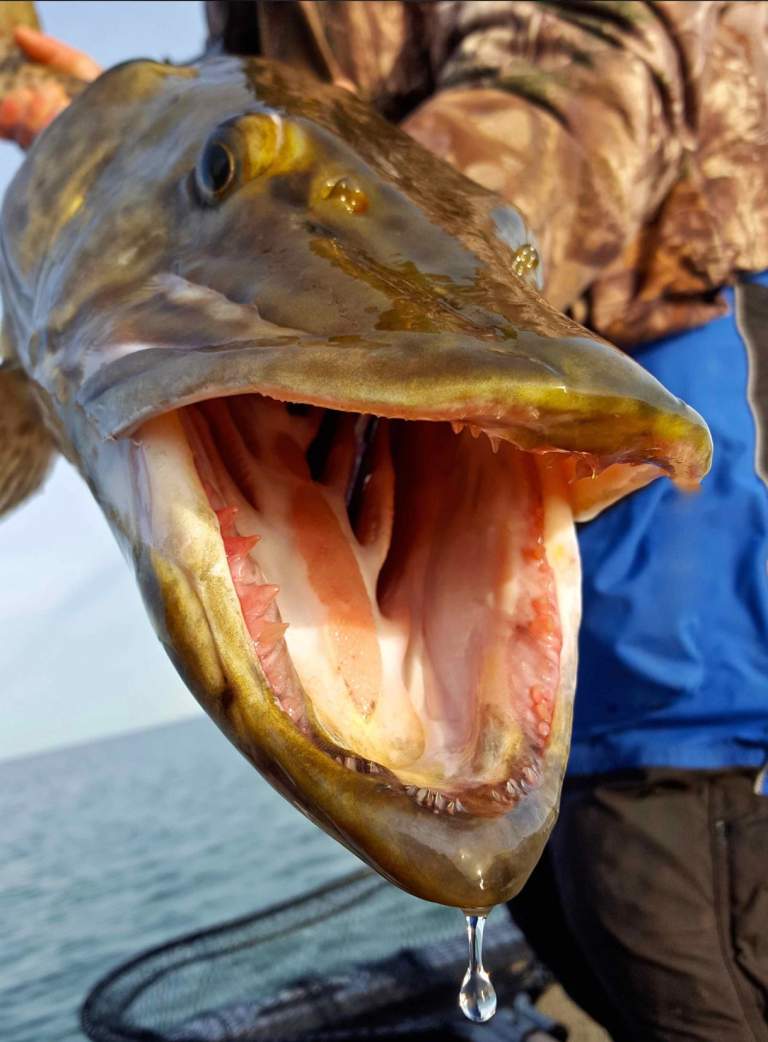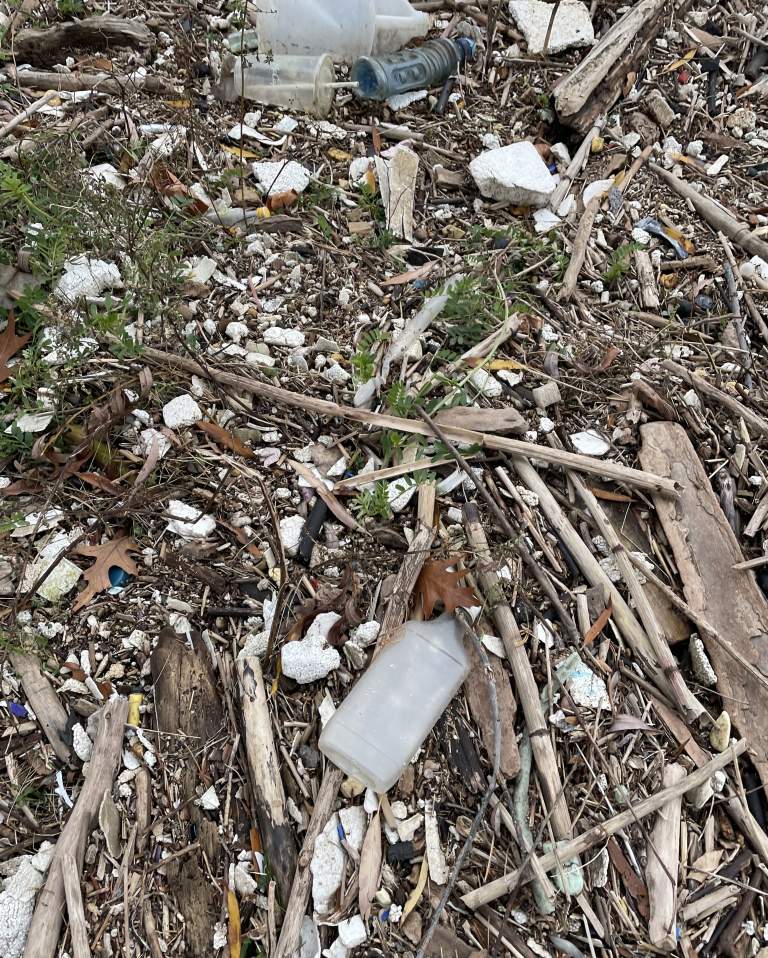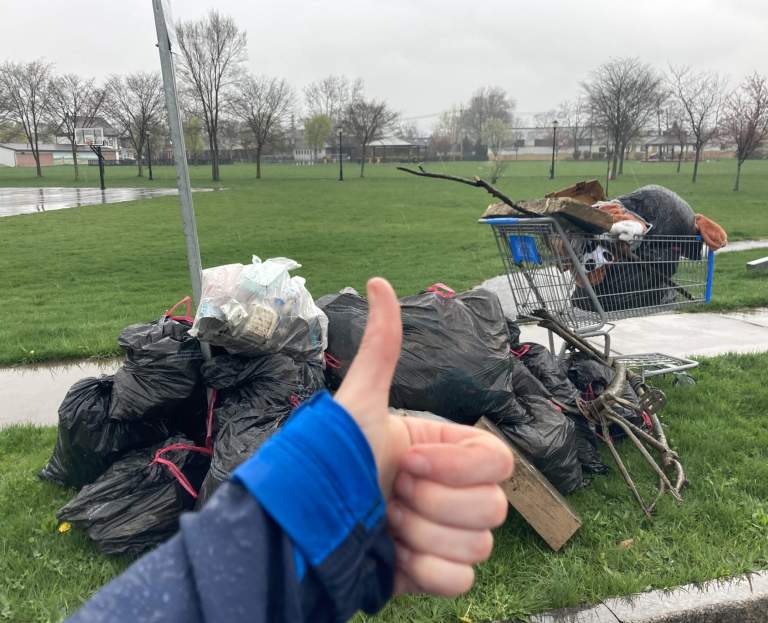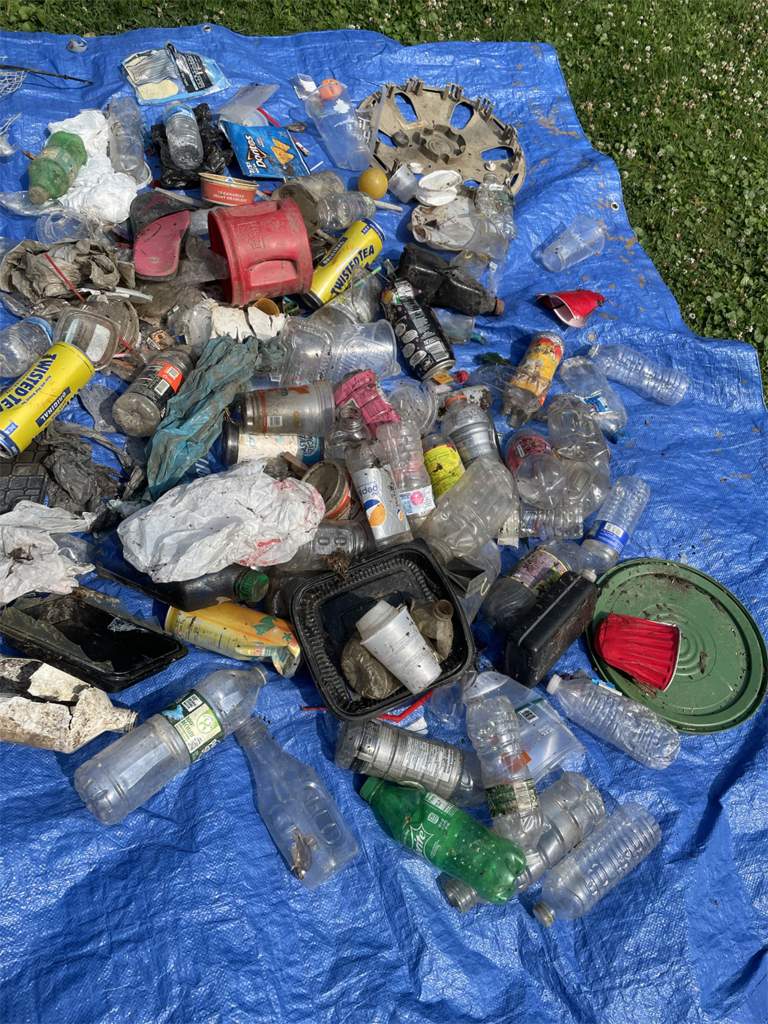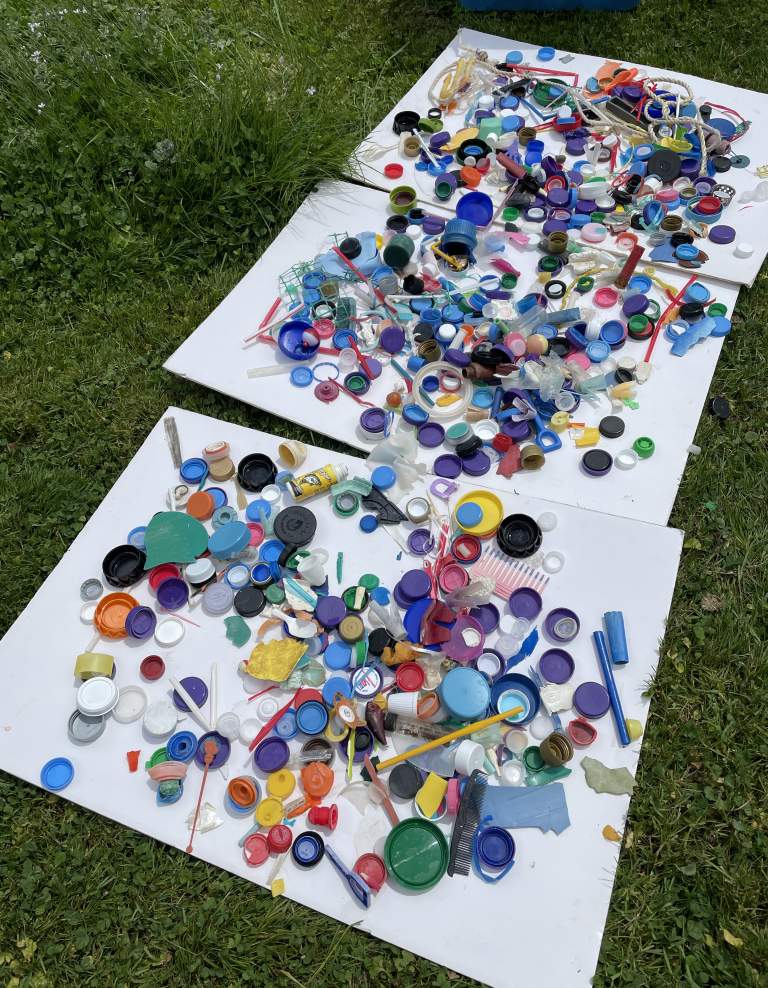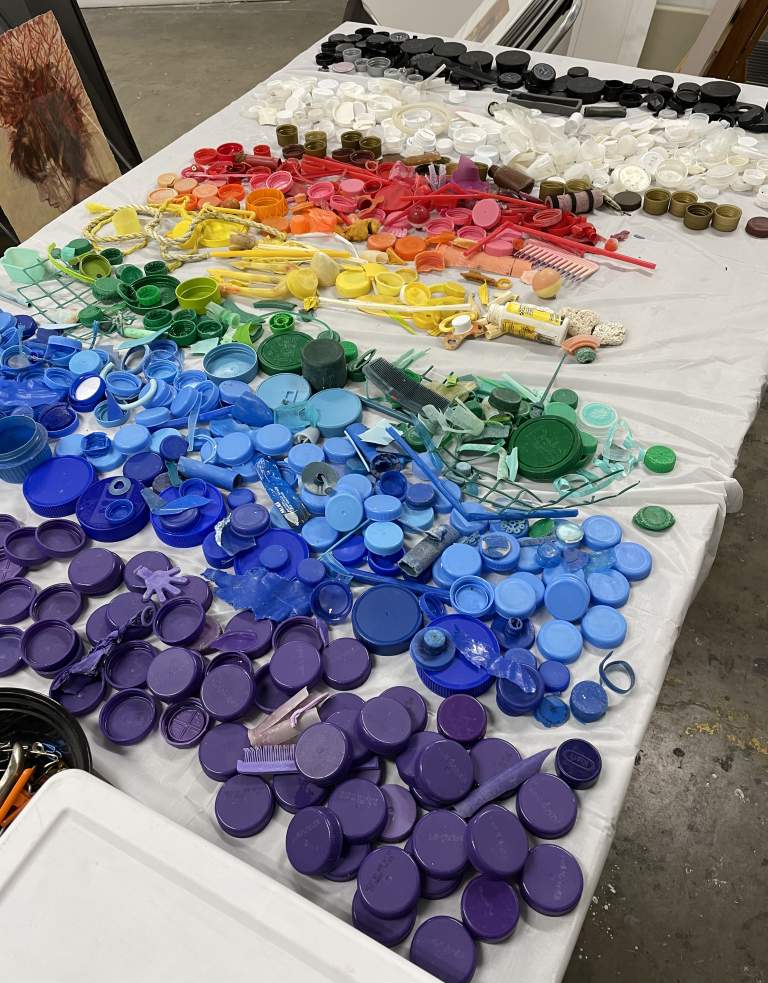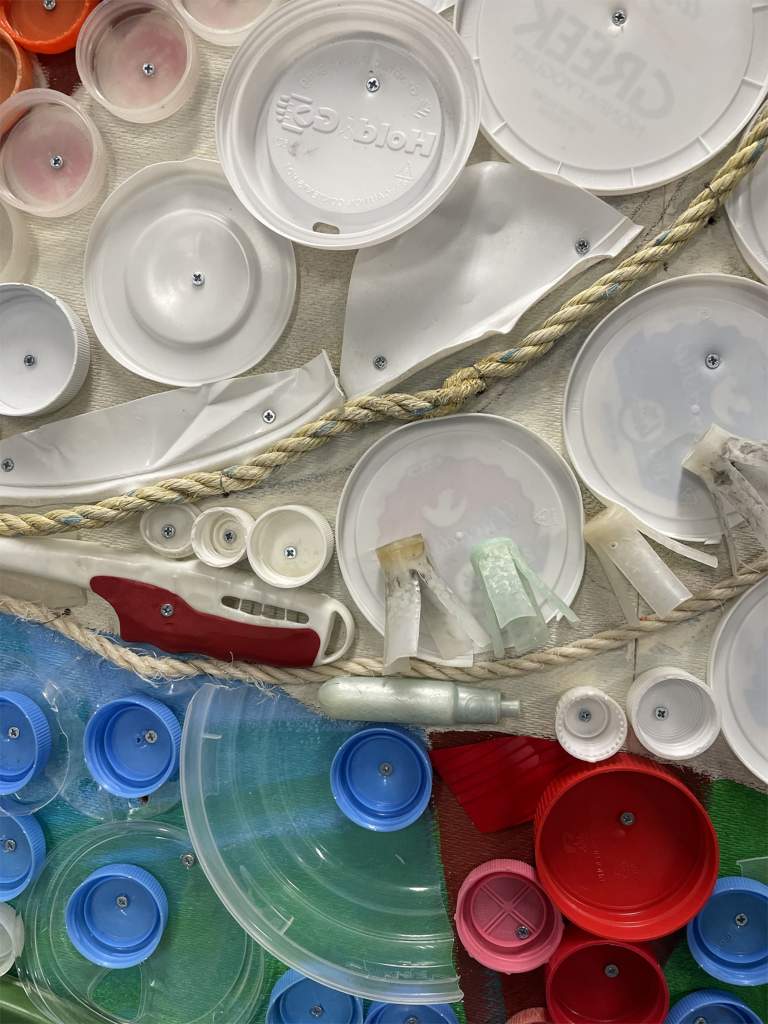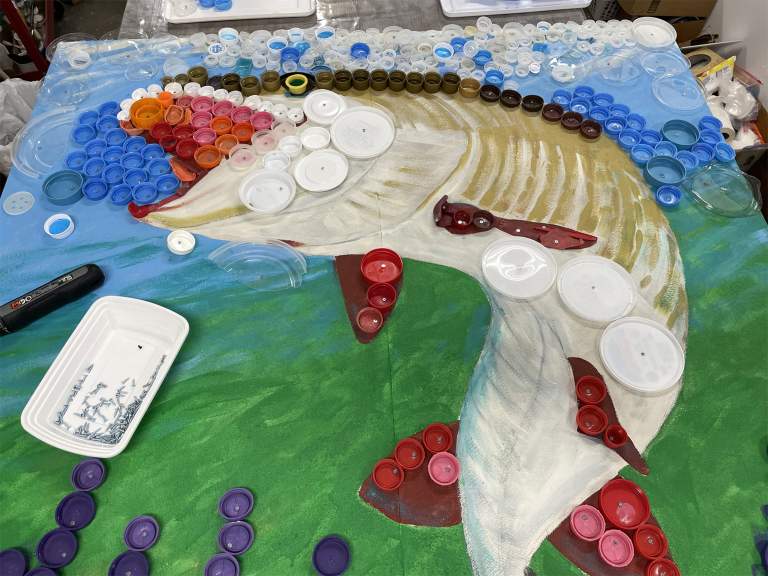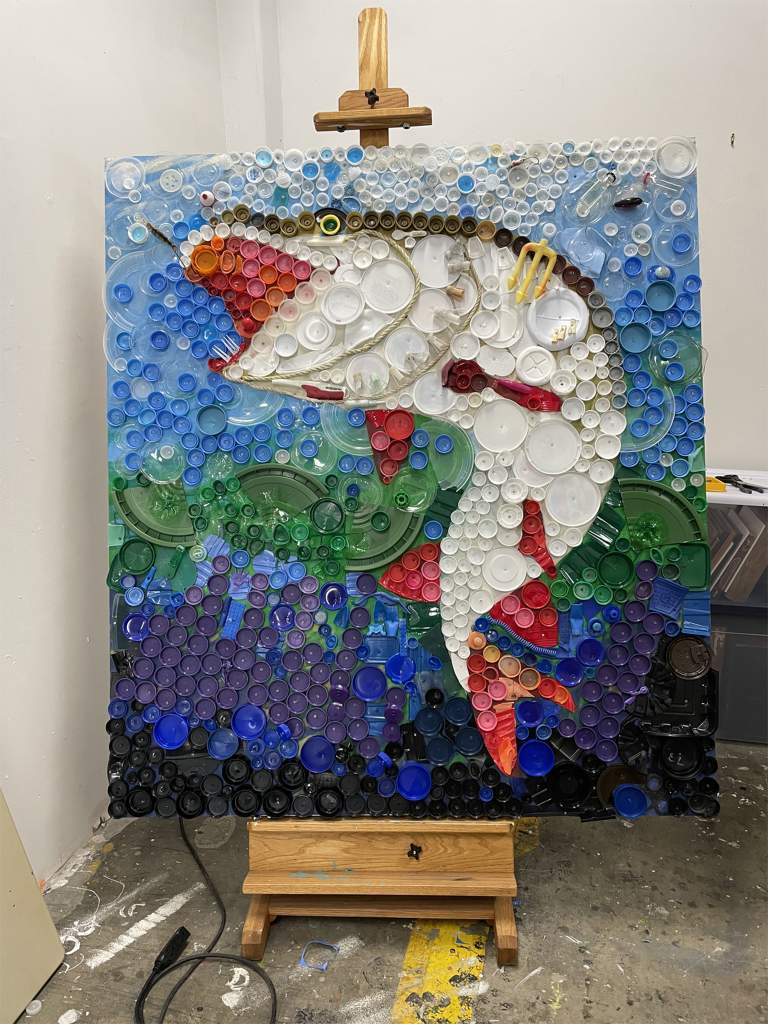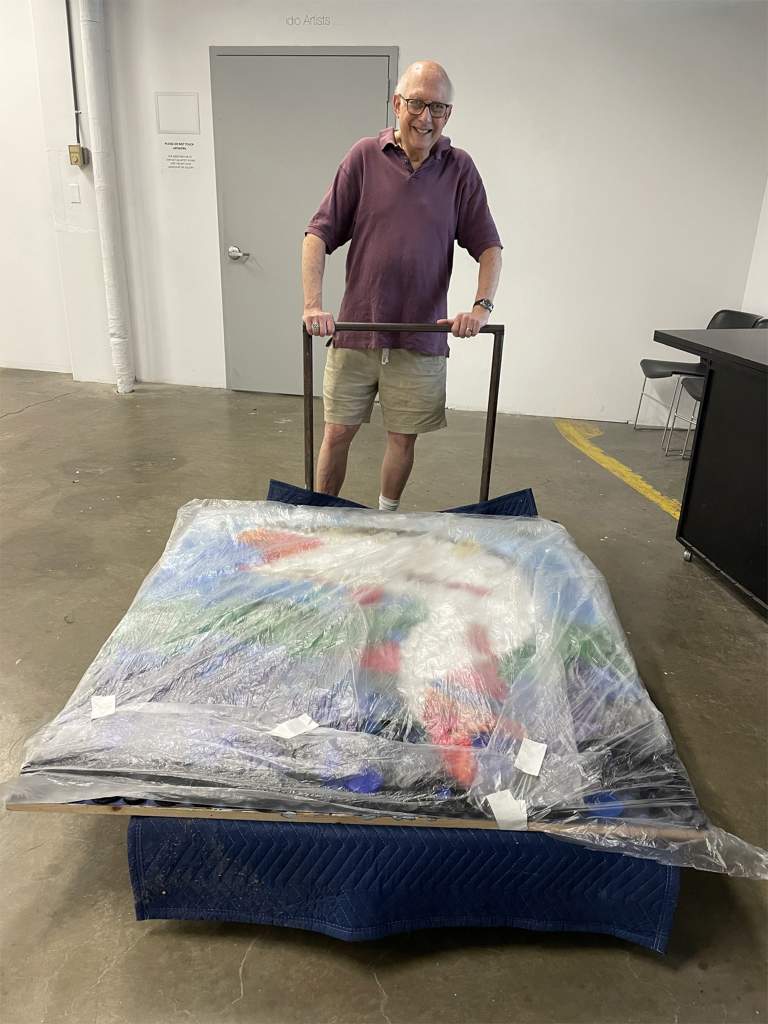PLASTICS: The Muskie Project
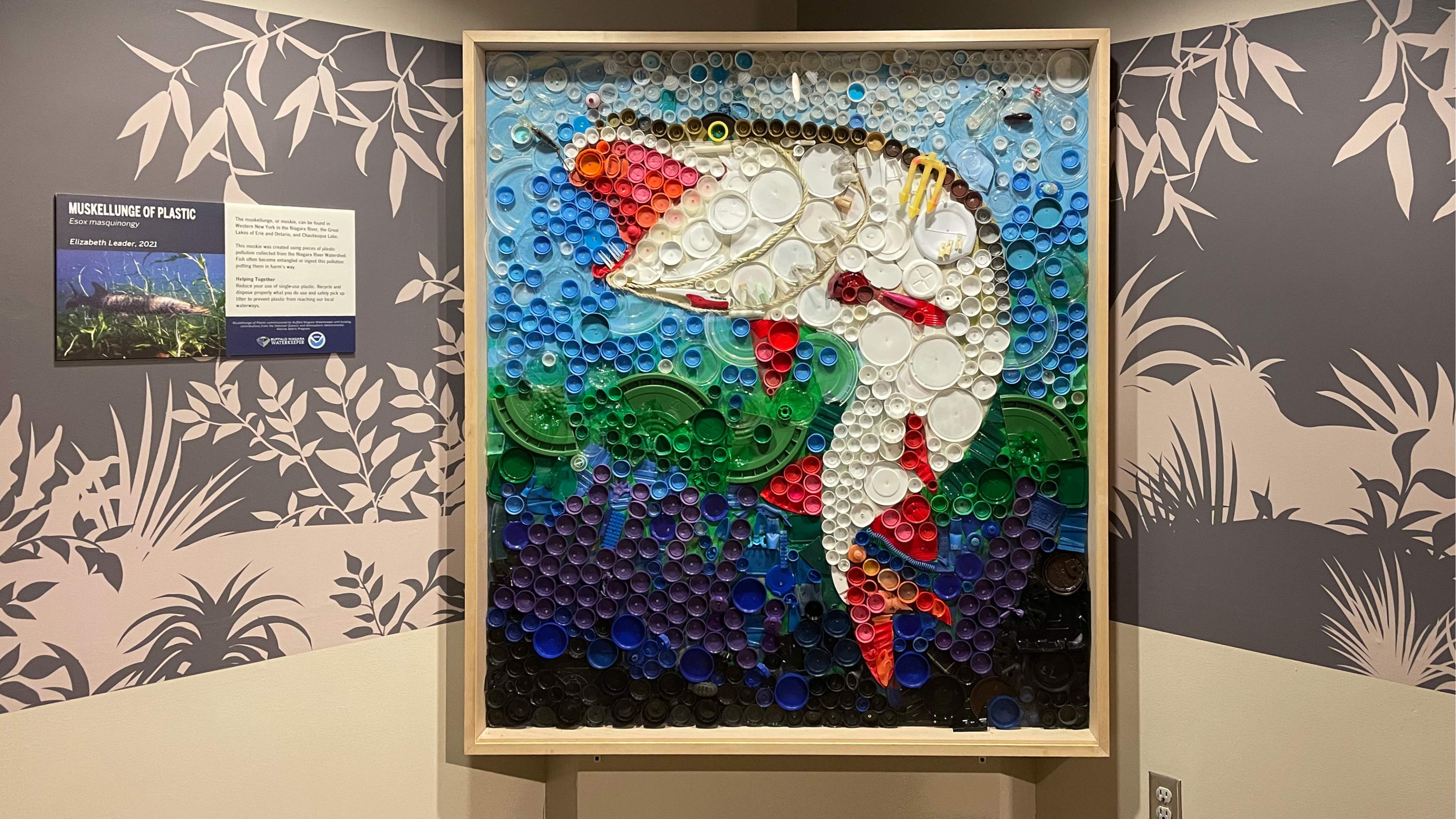
With a grant from the National Oceanic and Atmospheric Association (NOAA) and Buffalo Niagara Waterkeeper, I created a portrait of a Muskellunge from plastic debris collected from a BNWaterkeeper Spring Sweep.
Read Buffalo News Article “My View: Art project sheds light on plague of plastics”
As I write this, I’m sitting by the shore of Lake Erie. Waves flow in and lap over the rocks and sand. It is a beautiful scene of blue sky, blue water and the natural tones of the earth. But standing out from this nature are bits of bright colors - plastics washed up on shore.
NOAA (National Oceanic and Atmospheric Association) recently provided Buffalo Niagara Waterkeeper with funding through their Marine Debris Removal Grant. As one of their actions, Waterkeeper offered me the chance to create a piece of public art to highlight the issue of plastics in our waterways and I was happy to accept this opportunity. I have been painting images of damage to our oceans, lakes and rivers since 2009 and have shown pieces of this work all around the country. Naively I thought this should be easy!
I met with Elizabeth Cute and Wendy Paterson, both Community Engagement Managers at BNWaterkeeper. They requested a portrait of a Muskellunge, a unique fish native to the Great Lakes and rivers. This portrait would not be an ordinary painting but would be constructed entirely out of plastics salvaged by volunteers during this season’s ‘Shoreline Sweep.’ When it was completed, it was to be hung in the ‘Diversity of Life’ corridor at the Buffalo Zoo.
After accepting the challenge, I found out all I could about my subject, the ‘Muskie’. The Internet was filled with pictures of this huge predator. It can grow up to 50 inches long and weigh up to 36 pounds or more. It is nicknamed the “wolf of the waters” acknowledging its status at the top of the fish food chain. It is also known as the “fish of 10,000 casts” meaning it is notoriously hard to catch and a real trophy for the skilled and determined fisherman. As an artist, I studied the features of the giant mouth and long body. How could I create a pose that would fit this creature into the allocated space of 52”w x 58”h?
Meanwhile, the Shoreline Sweep had begun. This year over 1,155 volunteers picked up literally tons of trash in the water and on the shores. When I received enough plastics for this project, I thought how these pieces might have been in the water for days, months or even years but once they were cleaned up, they looked brand new. It provided visual evidence of the complete lack of biodegradability of plastic.
I brought all the plastics to my studio and organized them by color. Each color was akin to a tube of paint. One thing became clear – the colors of plastic are pretty much limited to simple high chroma primaries – equivalent to a kid’s box of crayons. That’s the range I had to work with.
Next I went to Gallery Frames to discuss construction. It would start with a base of Masonite supported by wooden framing. Now I ran into trouble! I had been testing out many industrial strength adhesives and nothing would stick the plastic to the substrate. The common plastics used to manufacture all the common one-use items are usually polyethylene or polypropylene. They are impervious which helps to explain why they are such a perennial scourge in the environment. It turned out that I would need to individually drill and screw each piece onto the Masonite. This I didn’t expect.
Things were moving along slowly. The process of drilling and screwing each piece in place continued over many days until the surface was covered with a good selection of interesting debris. When the Muskie portrait was complete, it was delivered back to Gallery Frames for its shadow box and installation at the Zoo. I hope everyone walking through the corridor on the way to the gorillas will stop and be amazed at some of the things we toss into our precious fresh water.
It’s time for me to head home. I take out the plastic bag from my pocket and quickly fill it with some bottles and junk that I can easily reach. I look forward to the day when awareness will grow and people will be very careful about the trash they leave behind.
Buffalo News, July 2021
